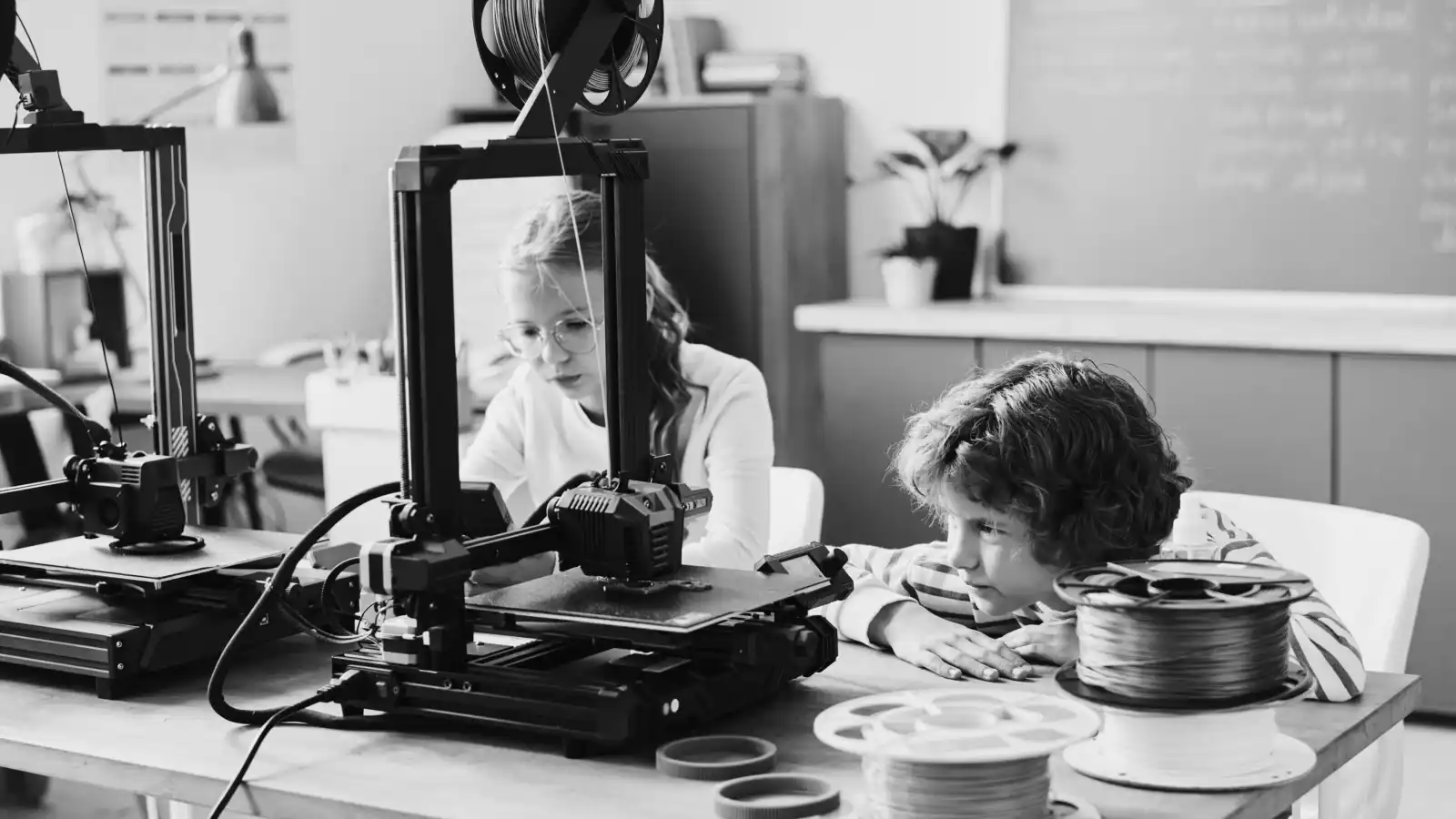Copyright Rolling Stone

There’s a smell in the air right now — solder, espresso and defiance. It’s the scent of people building the next form of theatre on folding tables with gear that used to cost as much as a house and now fits in a backpack. What’s forming isn’t a polite “trend.” It’s a jailbreak. The same tools that power billion-dollar cathedrals — game engines, motion capture, LED mapping, AI previs — are loose in the wild, and anyone with caffeine and a cracked copy of Unreal can preach their own gospel. For a century, theatre’s top end was defined by who could afford spectacle. The next will be about who can make it without permission. The gates are open; the gatekeepers just haven’t noticed. And it may be the movement that reverses the decline of traditional theater. The Rise of the New Tech Auteur A decade ago, rendering a dragon onstage took a research grant and a control room full of blinking gear. Now a teenager with a laptop can do it before lunch. Game engines are free. LEDs are sold by the roll. Art-Net nodes cost less than a tank of gas. Chatbots write filler dialogue at 3 a.m. while you solder. The barrier to entry for awe has collapsed. That won’t make everyone an artist, but it does make everyone capable of staging something that feels like art — and that changes the economics of magic. Picture a Gen-Z Macbeth built for vertical video. Or Our Town reimagined as an MMO you can wander. Or an abandoned Walmart reborn as a crowdfunded dark ride — projection-mapped aisles, fog machines, local actors paid in Venmo and gratitude. None of this is speculative. It’s already happening. Why Now Three converging waves: 1. Tools are free. Blender, Unreal, TouchDesigner, OBS, QLab — professional-grade and downloadable. 2. Distribution is native. TikTok, Twitch, Roblox, VRChat — each a stage and a box office. 3. Money is small but real. Patreon, Substack, micro-grants. Not Broadway money — garage-band money — but enough to start a scene. Editor’s picks Add one generation’s economic frustration and another’s creative overdrive, and you get a renaissance waiting for power outlets. The New Dramaturgy When the audience carries a phone that can out-render a theme-park ride, “the show” stops being an event and becomes a network. Storytelling turns into system design. The playwright becomes part coder, part traffic controller of emotion. Stage managers become game masters; lighting programmers become co-writers. The script ends when the server crashes. Audiences, meanwhile, are done sitting quietly. They want in — to touch, post, remix and see it respond. If the twentieth century taught us to consume art, the twenty-first dares us to hack it. The Roadmap for the New Theatre Punks If you’re feeling the itch, here’s a survival map for this new form — equal parts maker manual and manifesto. • Start dirty, finish fast. Two rooms, three scenes, one night. Call it a beta, not a premiere. • World first, plot later. Build a place people want to return to; story will happen there. • Prototype in public. Every failure is rehearsal. Film everything — documentation is currency. • Spend on safety. Cables, exits, insurance, consent protocols. The rebellion still needs sprinklers. Related Content The Rolling Stone Culture Council is an invitation-only community for Influencers, Innovators and Creatives. Do I qualify? • Use what’s lying around. LED tape as lights, thrift-store props, Raspberry Pi brains. Constraint breeds invention. • Build modular. If a scene can reset in under five minutes, it can tour. • Pay the crew somehow. Cash, credit, barter, but never “exposure.” • Code as collaboration. Keep show files in shared drives; version control isn’t just for engineers. • Measure vibes, not views. Track dwell time, return visitors, goosebumps. • End clean. Strike fast, recycle, post the file. Leave nothing but curiosity behind. Follow those ten lines and you’ve already joined the movement — one part punk show, one part software sprint, all live. The Religion of Small Democratization doesn’t kill quality; it multiplies weirdness. When cameras went cheap, we got YouTube, TikTok and a thousand accidental auteurs. Now that show control is cheap, we’ll get a thousand accidental directors. The bottom of the hourglass is pressurizing: neighborhood troupes converting malls into serialized adventures, makerspaces fabricating sets on 3D printers, high schoolers running media timelines for local bands. The aesthetic will shift — fewer curtains, more cables. Theatre will look like a pop-up server room: rough, glitchy and alive. That’s not decline; it’s honesty. The Fine Print Before canonizing the DIY gospel, a few realities: • Safety isn’t optional. If you don’t have a fire plan, you don’t have a show. • Consent is sacred. Participation without boundaries is just chaos. • Respect labor. Punk doesn’t mean unpaid. • Back up the cue file. Always. Sustainability beats novelty. Punk needed sound engineers; this movement needs stage managers who can code. The Bet The next great theatrical wave won’t come from Manhattan or the West End. It’ll come from a warehouse with bad Wi-Fi, a VR server run by night owls or a suburban garage humming with DMX. It’ll look amateur until, suddenly, it isn’t — and by then the professionals will be trying to copy it. Trending Stories Theatre isn’t dying; it’s reformatting. When the tools get cheap enough, imagination goes feral. What’s coming isn’t a revival but a proliferation — thousands of small spaces built from caffeine, code, plywood and whatever faith humans still have in gathering to witness something they can’t quite explain. That’s the revolution. Not giant budgets or “location, location, location,” but the return of theatre to its natural state: reckless, local, improvised and alive. The next great playwright is out there right now, debugging light cues on a borrowed laptop, hoping someone shows up. They will. And when they do, the $500 Cathedral will flicker on — and remind us why we gather in the dark at all.



